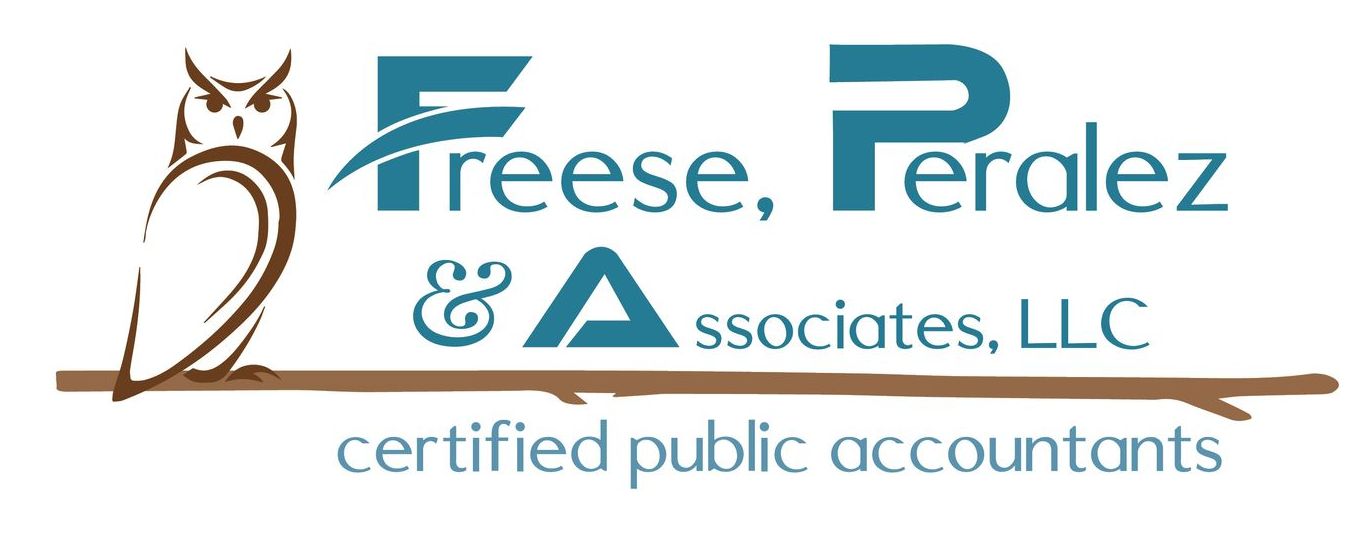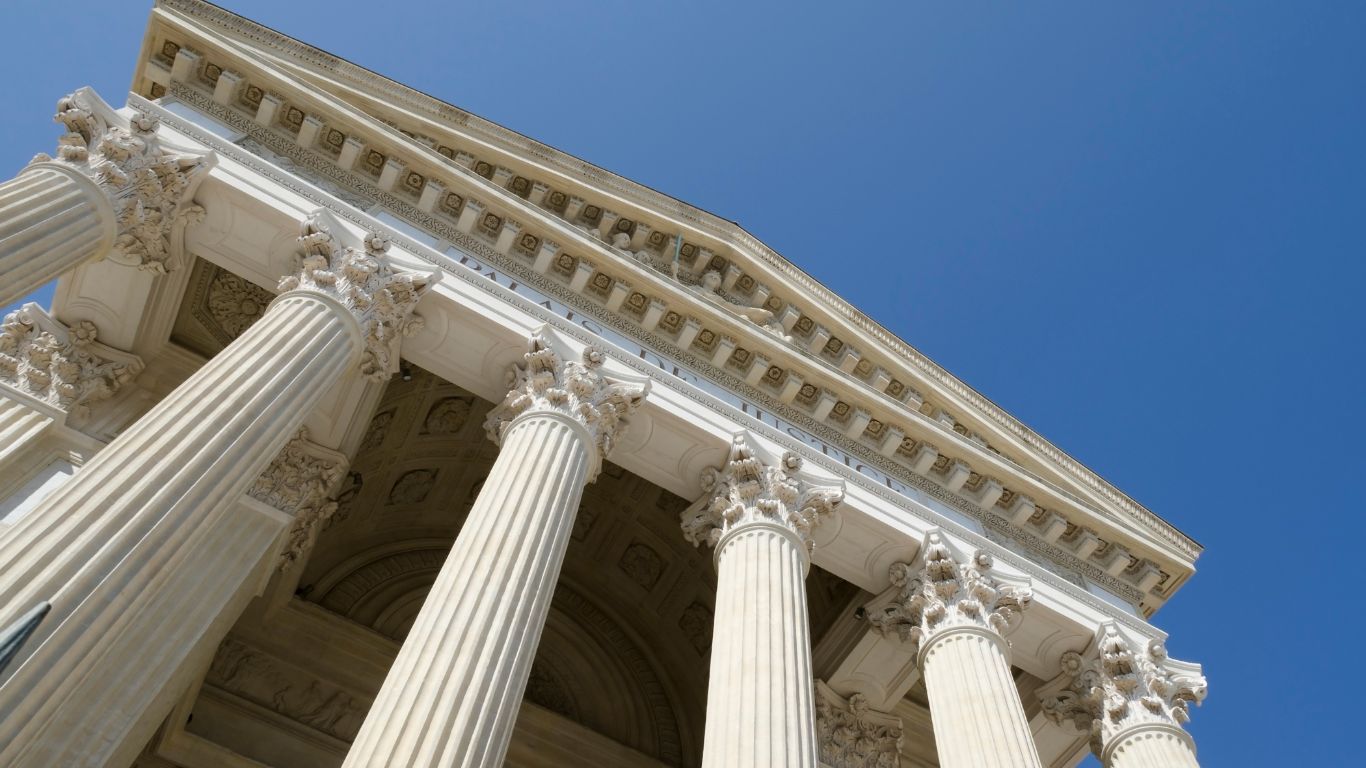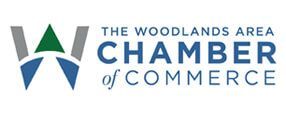How Rising Interest Rates Impact the Bond Market
How Rising Interest Rates Impact the Bond Market

Navigating the surge in bond yields: What investors need to know about the current state of the bond market and potential opportunities ahead!
The yield on the 10-year U.S. Treasury note reached 4.81%, the highest in over 16 years, creating an unusual investment environment where shorter-term debt instruments offer higher yields than some longer-term securities; this has potential implications for the economy and capital markets.
This surge in yields began in early 2022 in response to interest rate hikes by the Federal Reserve to curb inflation. Despite more favorable inflation trends, yields in the bond market remain high. The inverse relationship between bond yields and prices poses a challenge for existing bondholders as rising yields lead to lower bond prices. An inverted yield curve, where shorter-term yields surpass longer-term yields, has persisted since 2022, potentially signaling increased odds of an economic downturn in the future. The Fed has indicated the possibility of another rate hike in 2023 and does not plan to reduce rates until well into 2024.
Investors may find opportunities in short-term bonds with relatively low holding periods, while long-term bonds entail more interest rate risk. Diversifying fixed-income investments across various maturities and focusing on higher credit quality is advised in this environment. Specific bond types may be considered based on individual investor circumstances and the current market conditions. For more information click the link!
https://www.usbank.com/investing/financial-perspectives/market-news/interest-rates-affect-bonds.html
















